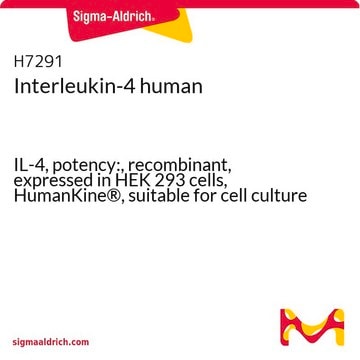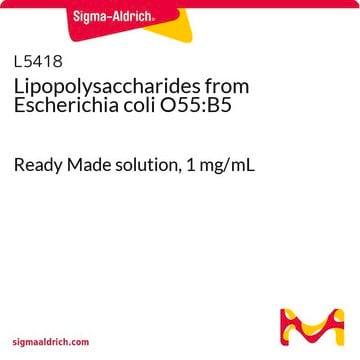おすすめの製品
由来生物
Pseudomonas aeruginosa (10)
品質水準
形状
lyophilized powder
精製方法
trichloroacetic acid extraction
不純物
1-10% Protein (Lowry)
色
white to yellow
溶解性
water: 4.90-5.10 mg/mL, hazy to turbid, colorless to light yellow
輸送温度
ambient
保管温度
2-8°C
類似した製品をお探しですか? 訪問 製品比較ガイド
関連するカテゴリー
詳細
アプリケーション
生物化学的/生理学的作用
調製ノート
その他情報
保管分類コード
11 - Combustible Solids
WGK
WGK 3
引火点(°F)
Not applicable
引火点(℃)
Not applicable
個人用保護具 (PPE)
Eyeshields, Gloves, type N95 (US)
適用法令
試験研究用途を考慮した関連法令を主に挙げております。化学物質以外については、一部の情報のみ提供しています。 製品を安全かつ合法的に使用することは、使用者の義務です。最新情報により修正される場合があります。WEBの反映には時間を要することがあるため、適宜SDSをご参照ください。
Jan Code
L7018-500MG:
L7018-100MG:
L7018-BULK:
L7018-100MG-PW:
L7018-10MG:
I-0541:
L7018-10MG-PW:
L7018-25MG:
L7018-VAR:
試験成績書(COA)
製品のロット番号・バッチ番号を入力して、試験成績書(COA) を検索できます。ロット番号・バッチ番号は、製品ラベルに「Lot」または「Batch」に続いて記載されています。
この製品を見ている人はこちらもチェック
資料
Explore the structure, function, and diverse applications of Lipopolysaccharides. Discover their role in bacteria, serological specificity, and research potential.
関連コンテンツ
Lipopolysaccharide (LPS) is a major component of Gram-negative bacteria, important for microbiological research.
ライフサイエンス、有機合成、材料科学、クロマトグラフィー、分析など、あらゆる分野の研究に経験のあるメンバーがおります。.
製品に関するお問い合わせはこちら(テクニカルサービス)




